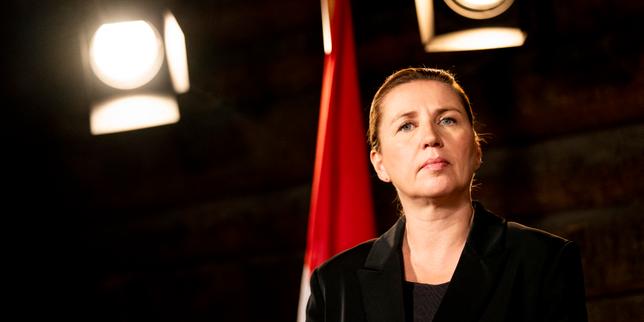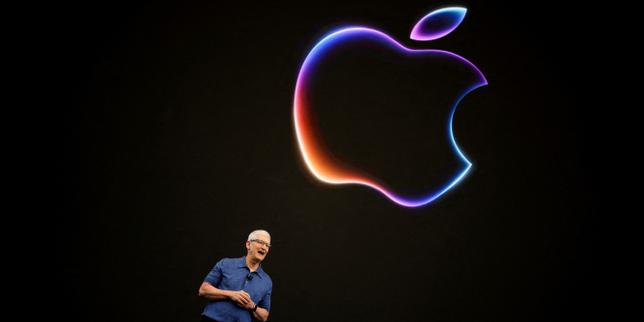Google has signed a deal to purchase 200 megawatts of future fusion energy from Commonwealth Fusion Systems, despite the energy source not yet existing. "It's a sign of how hungry big tech companies are for a virtually unlimited source of clean power that is still years away," reports CNN. From the report: Google and Massachusetts-based Commonwealth Fusion Systems announced a deal Monday in which the tech company bought 200 megawatts of power from Commonwealth's first commercial fusion plant, the same amount of energy that could power roughly 200,000 average American homes. Commonwealth aims to build the plant in Virginia by the early 2030s. When it starts generating usable fusion energy is still TBD, though the company believes they can do it in the same timeframe.
Google is also investing a second round of money into Commonwealth to spur development of its demonstration tokamak -- a donut-shaped machine that uses massive magnets and molten plasma to force two atoms to merge, thereby creating the energy of the sun. Google and Commonwealth did not disclose how much money is being invested, but both touted the announcement as a major step toward fusion commercialization. "We're using this purchasing power that we have to send a demand signal to the market for fusion energy and hopefully move (the) technology forward," said Michael Terrell, senior director of energy and climate at Google.
Commonwealth is currently building its demonstration plant in Massachusetts, known as SPARC. It's the tokamak the company says could forever change where the world gets its power from, generating 10 million times more energy than coal or natural gas while producing no planet-warming pollution. Fuel for fusion is abundant, derived from a form of hydrogen found in seawater and tritium extracted from lithium. And unlike nuclear fission, there is no radioactive waste involved. The big challenge is that no one has yet built a machine powerful and precise enough to get more energy out of the reaction than they put into it.


Read more of this story at Slashdot.














